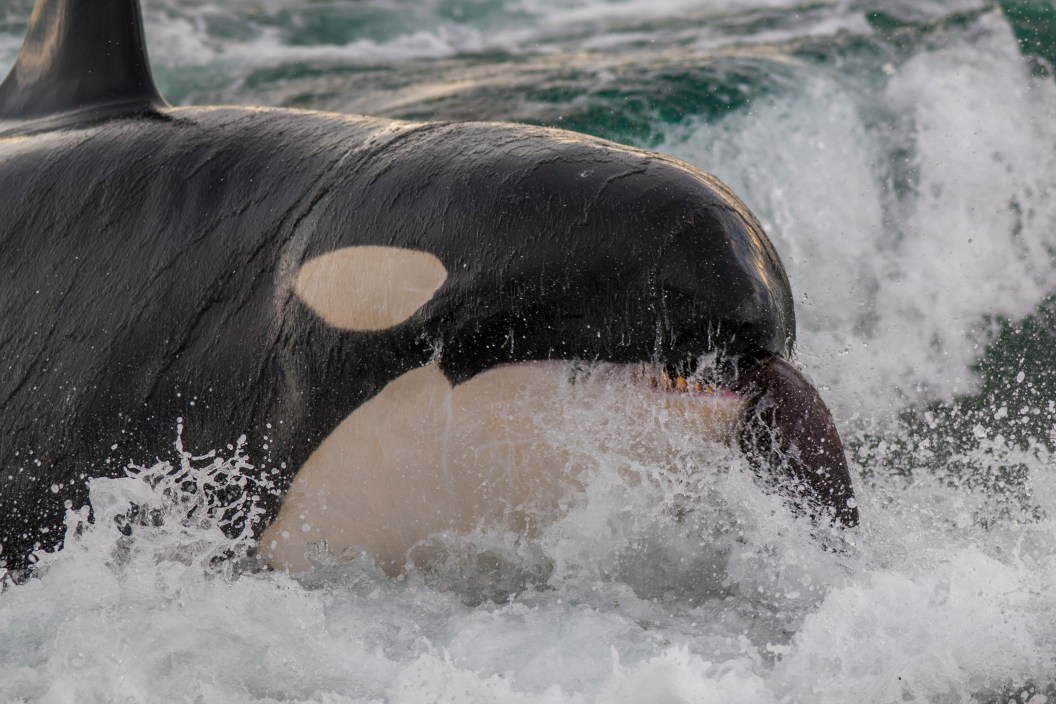In Southern California, where they are usually not spotted in large numbers, killer whales (or "orcas") are most known as former SeaWorld residents and for leaping over rock jetties in Free Willy. Now in 2024, killer whales are once again the center of attention in SoCal—because a new population of them have appeared off the coast of Southern California, and will not leave.
In mid-December 2023, whale-watching tours posted footage that showed Eastern Tropical Pacific killer whales seen in Southern California. Up to 32 feet in size, these whales are usually found in the waters off Mexico and South America. Because these killer whales are not native to the region, it was assumed they were simply passing through.
And yet here they are, months later, still hanging around SoCal. "They are here feeding," Sarah Lesser, the Whale Watch naturalist coordinator at Long Beach's Aquarium of the Pacific, told KTLA. "Why they have decided to come up here to feed is the bigger question and more research is needed."
One theory is that the whales are moving north due to warming water temperatures that make the region more habitable. A national climate report concluded that "California's coastal sea surface temperature has seen an average increase of 0.4 to 0.6 degrees Fahrenheit per decade since the 1970s." This rise in temperature has an enormous effect on marine life and where they can survive. Despite the temperature change, the ocean around SoCal's Channel Islands also seems to be a healthy oceanic ecosystem, full of food for large predators like killer whales.
Orcas feed on a lot of different types of marine life, including fish, squid, seals, sea birds, penguins, sharks, walruses, and even other whales. The massive animals eat up to 500 pounds of food per day, and are known as the wolves of the sea due to their pack hunting habits. Large pods of whales often team up to kill larger prey, which can be spectacular and terrifying to witness. A number of whale watching groups have been seeing the killer whales and other wildlife recently; check for availability at SoCal Whale Watching.
Killer whales also have an incredible lifespan, and some survive 60 to 80 years in the wild. With a long life to live and lots to eat in Southern California, it's an open question as to when—and if—the new whales will leave. In the meantime, whale biologists and watchers are excited to go out looking for them. "This could be a once-in-a-lifetime experience for so many people," Alisa Schulman-Janiger, the lead research biologist with the California Killer Whale Project, told The San Diego Tribune. "We're in the orca's environment, and they're living their lives, interacting with each other, cuddling... nursing, playing, and hunting."
READ MORE: Watch a Young Killer Whale Plead with Humans to Help Its Mother




